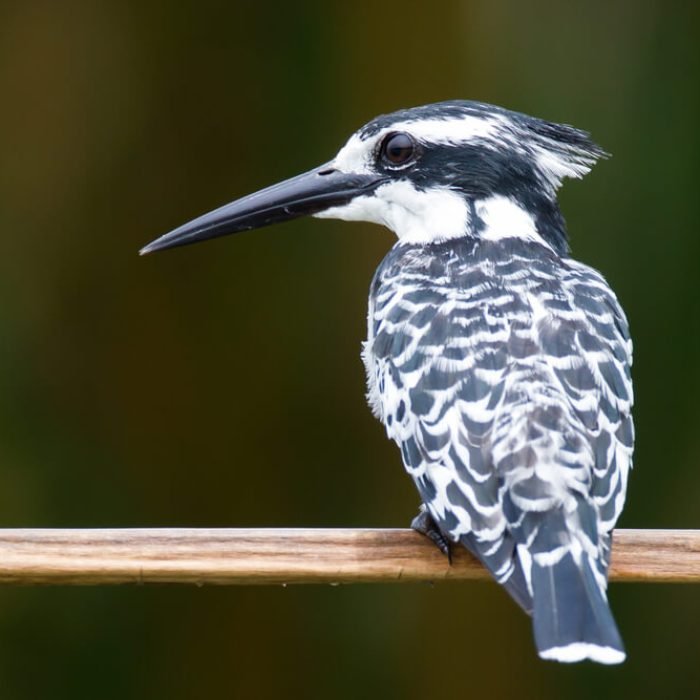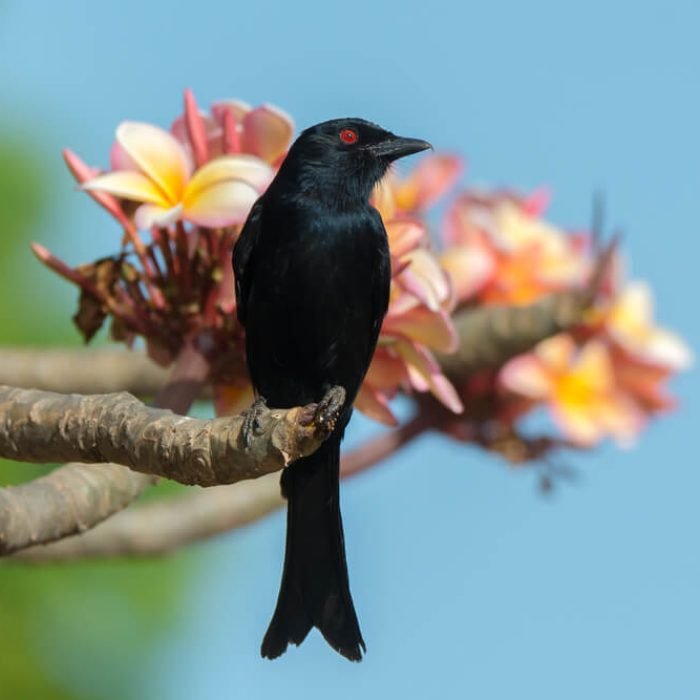Olive bee-eater
- Merops superciliosus
- IUCN Status: Least Concern
- Trend: stable

General Information
The olive bee-eater or Madagascar bee-eater (Merops superciliosus) is a near passerine bee-eater species in the genus Merops.
Description
The olive bee-eater sexes are similar, and adults have bronzy-green plumage with an olive cap and white forehead, eyebrows, chin and cheeks. The rump and tail are blue, apart from the streamers, which are black.
Reproduction
They are partially migratory, and usually breed only in the southern portion of their range, moving north for the dry season in southern Africa. It lays four eggs in a burrow nest at the beginning of the southern African wet season, and the chicks usually hatch at the beginning of December. Unlike most bee-eaters, the species does not practice cooperative breeding and post-fledging dependence is only around 19 days, which is typical of temperate zone passerines and about half that of most Meropidae species.
Conservation
It is a common species with a wide range so the International Union for Conservation of Nature has rated their conservation status as “least concern”.
Distribution and Habitat
It is native to the southern half of Africa where it is present in Angola; Botswana; Burundi; Comoros; Democratic Republic of the Congo; Djibouti; Eritrea; Ethiopia; Kenya; Madagascar; Malawi; Mayotte; Mozambique; Namibia; Rwanda; Somalia; South Sudan; Sudan; Tanzania; Uganda; Zambia; Zimbabwe.
The olive bee-eater is found in the grassland and coastal mountain forests of East Africa and Madagascar, and an isolated population can be found in coastal Angola. There are two subspecies; M. s. superciliosus occurs in eastern Ethiopia, Somalia and Kenya, and southwards through East Africa to southern Mozambique and the Zambezi Valley, as well as the Comoro Islands and Madagascar; M. s. alternans occurs in western Angola and northwestern Namibia.
References
Share:
- Kingdom: Animalia
- Phylum: Chordata
- Class: Aves
- Order: Coraciiformes
- Family: Meropidae
- Genus: Merops
- Tail Length: up to 7 cm







